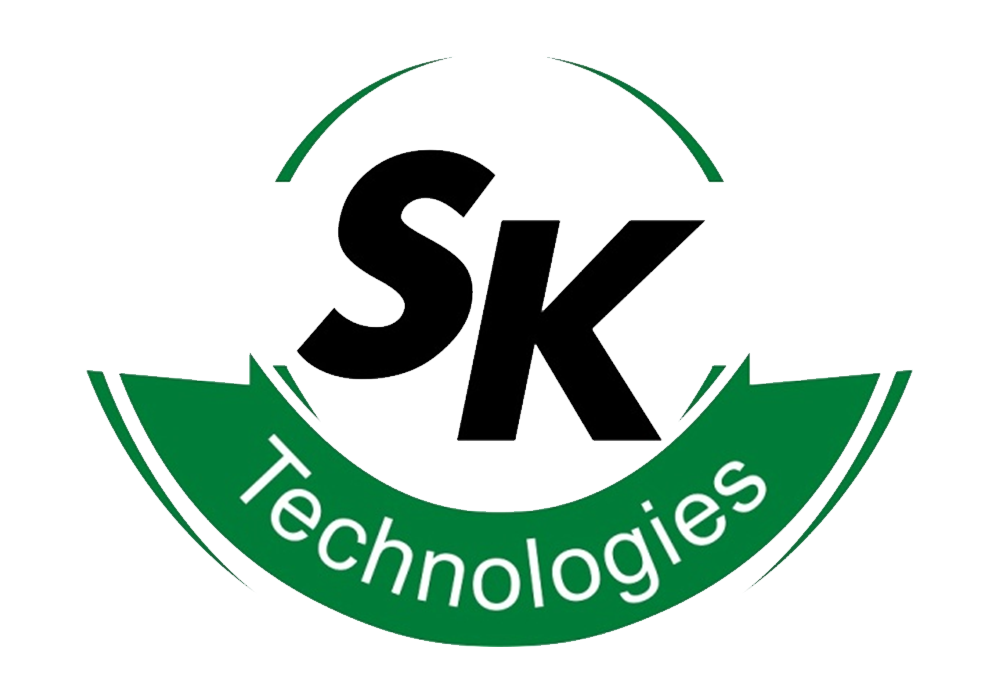LME Anthracite Reclamation Plant - Manufacturing of marketable anthracite quality briquettes
The purpose of the plant was to convert waste fine anthracite coal to marketable anthracite quality briquettes.
The plant was designed to be able to produce on average 10 000 tons per month (allowing for maintenance and other outages).
The plant consists of six sections, as follows:
- Clarifier Underflow Pump Station – Collect clarifier underflow and/or water from the LME washing plant and route to stockpile for hydraulic transport of fines to the briquetting plant.
- Slimes Suspension Fines are brought into suspension in water to make it possible to transport the fines hydraulically to the plant.
- Classification &Dewatering – The fines are screened and classified according to size. The larger size fraction is forwarded for briquetting and the undersized fraction is discharged to the new (existing) stockpile.
- Mixing -The fines are stored and binder material is added and mixed into the fine coal
- Briquetting – The coal and binder mixture is pressed in roller presses to the desired product size.
- Curing & Stockpiling – The briquettes are cured and dried to ensure strength. The produced briquettes are dispatched to the customer
The basic process control philosophy was to enable the successful start-up and commissioning of the plant. Experience gained during these initial operating studies lead to the detail development of the overall control system design and integration. This included the inclusion of instrumentation/measuring points as well as the control parameters. The initial control system design ideally allowed for expansion through means of modular components to accommodate more process control variables as well as the final integration with a SCADA monitoring and a data recording system.
All motors was started and stopped from the MCC panel. Process parameters crucial to the effective operation and management of the plant was controlled by means of a centralized PLC control system. This system consisted of a panel mounted HMI unit displaying the process parameters and allowing the input of process variables.
The proposed basic automated control system was only relevant to the following three sections of the plant, namely:
1. The Classification and Dewatering section;
2. The Mixing section, and
3. The Briquetting section.

